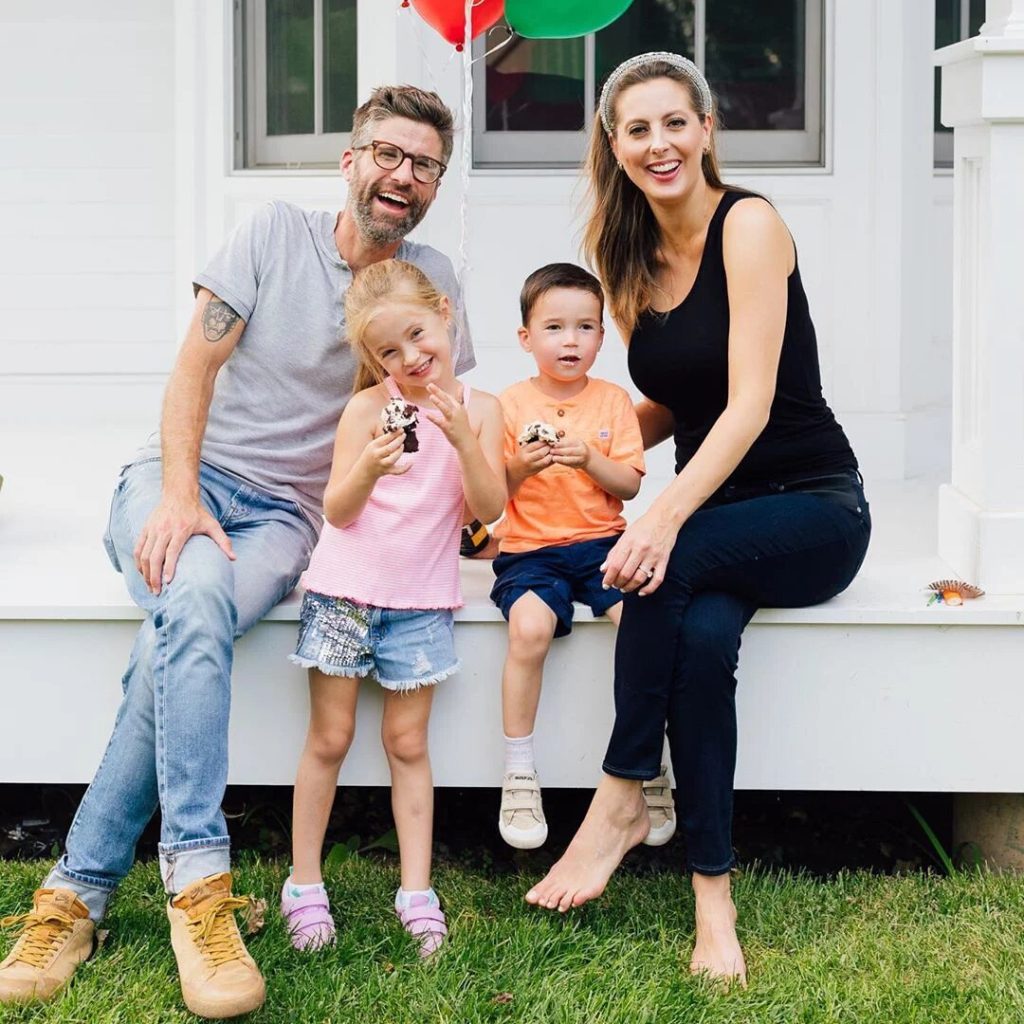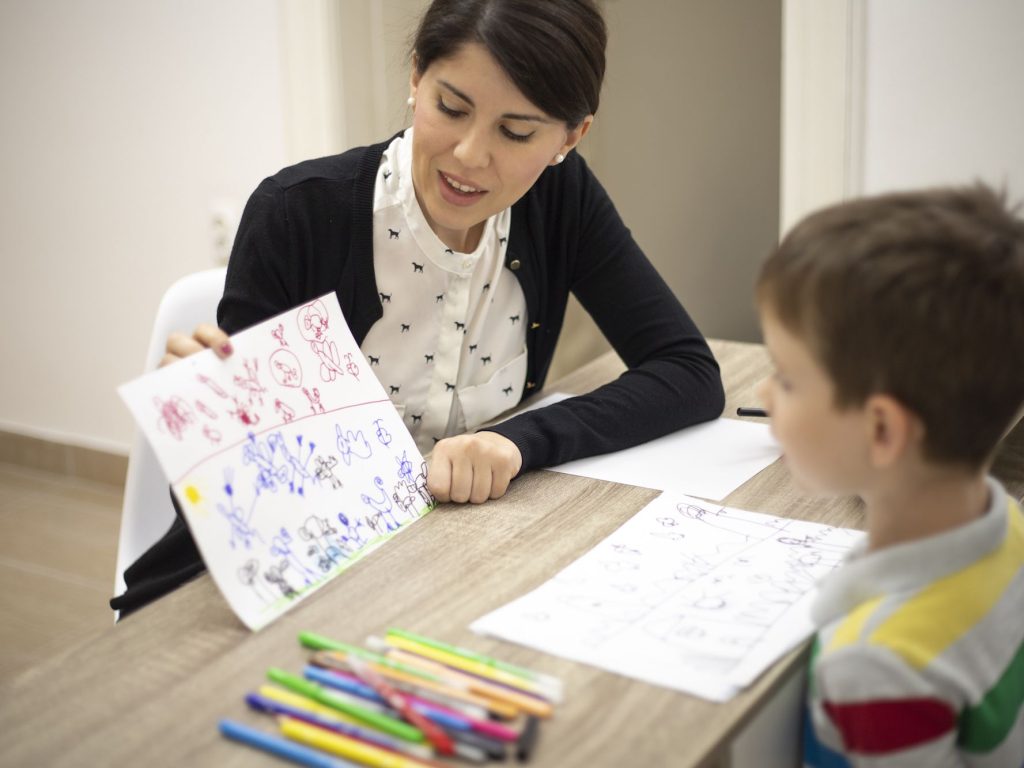A Mother’s Autism Campaign
A Mother's Autism Campaign Article By: Kent Erdahl Article Date: 01/24/2008 Hi! I'm Lin Wessels. I felt it important to share with you my most recent efforts and more importantly, the results of of those efforts, on behalf of those living with autism and their loved ones. I hope you are able to access the links. I sincerely hope you enjoy this and it gives you new found hope... http://www.ksfy.com/results?keywords=Autism+the+Epidemic%3F&searchType=vid A Mother's Autism Campaign Autism is now the fastest growing childhood impairment in the country, affecting 1 in 150 children. Last month KSFY told you about a mother in Iowa who is determined to find out why. And now, after a trip to Washington D.C., she says she's a little bit closer to an answer. By Kent Erdahl Story Created: Dec 16, 2007 at 9:24 PM CST Story Updated: Dec 16, 2007 at 11:37 PM CST Multimedia Watch The Video Lin Wessels' campaign to find a cause for autism began when her son, Sam, was diagnosed three and half years ago, but it intersected with Senator John McCain's campaign for president on October 26th. "Would you commit to meeting with a special task force of parents such as myself? Anywhere, any time, you name the place, we'll be there," asked Wessels. Sen. McCain said, "Yes Ma'am and I will do it at your convenience either here or Washington D.C. or some other geographic location that is most convenient for the people that you want me to meet with." In November that meeting took place in Washington, where Lin says McCain acted more like a Senior Senator than a candidate. "When I walked into his Senate office, right in front of him on the table was the research I had given him at the town hall meeting here in town. The folder was tattered and bent and well used." Wessels has been pushing for more research into a link between autism and vaccines that contain a mercury based preservative, ever since she found that Sam suffers from mercury poisoning, but after she and the other parents shared their concerns with Senator McCain, "then he said, well this is what I think needs to happen. I think we need to request hearings in the Senate on behalf of your kids. And we were totally in awe," she said. Last week Lin received a copy of a letter formally requesting Senate hearings to examine potential causes of autism. It's signed by McCain and Senator Joe Lieberman. The request still has to clear some political hurdles before hearings become a reality, but Lin says she's hopeful her campaign will continue. "You have to. You have to keep marching on, keep speaking out, and hope that this may be the time for things to start to change." Senator McCain and Lieberman's request is now in the hands of the Senate Health, Education, Labor and Pensions Committee. It will decide if and when the autism hearings take place. December 10, 2007 A-CHAMP Parent-Advocates Meet With Senator McCain (11/20/2007) Senators McCain and Lieberman Request Senate HELP Committee to Conduct Hearing on Autism Research and Causation, including an inquiry into the role of thimerosal (mercury) in vaccines and other environmental factors. See McCain/Lieberman Letter and Photos of the A-CHAMP/Sen. McCain Meeting Here See A-CHAMP's Press Release covering the McCain-Lieberman Letter Here Best to all, Lin Wessels Sam's MAMA (Mom on A Mission for Autism) Parents of vaccine-injured children and many lawmakers on Capitol Hill believe VICA is long overdue for review and adjustment but passage of the Frist bill with all of its pro-drug company/anti-child regulations is not the solution. Jeff Sell, vice-president of the Autism Society of America, an attorney and father of autistic twins said, "It is unconscionable to slam the door on any relief for perhaps 500,000 families-who may face millions of dollars in expenses for lifetime care for a seriously injured child-without providing for an alternative and effective remedy." This isn't the first time Frist has been accused of catering to the pharmaceutical companies-many think in response to large campaign contributions. Last year, a $10,000 campaign contribution was reportedly given to Frist from a drug industry lobbying group the day after he submitted S. 2053 that contained similar language to S. 15 and what was quietly slipped into the Homeland Security Bill in the 11th hour. The corrupt rider was later repealed in response to media backlash and at the request of moderate Republicans. If the Frist Vaccine Injury Compensation Bill does pass, drug companies will not be required to pay for lifelong care of children damaged by Thimerosal, but taxpayers will. "U.S. taxpayers had no part in destroying my child's immune system, his health and his chance of a normal life ... why should they pay for it?" asked Loretta McMahon, mother of a child whose diagnosis recently switched from autism to mercury toxicity. Parents of children with mercury-induced autism say they look to the Burton/Waxman/Weldon Bill in the House as a viable alternative plan because of its due process to pursue civil litigation and for its look-back provision to incorporate thousands of families who presently do not fit into the VICA. They plan a rally at Upper Senate Park, Wednesday, March 19th from 10:00 a.m. - 1:00 p.m. Researchers will be in attendance to talk about the mercury/thimerosal and autism connection. In 1990, the rate of autism was 1 in 10,000. Today that number stands at 1 in 150 according to Centers for Disease Control. This dramatic rise in autism rates correlates with the increase in mercury-exposure through vaccines given to children in the late 1980s and through the 1990s.
A Mother’s Autism Campaign Read More »








